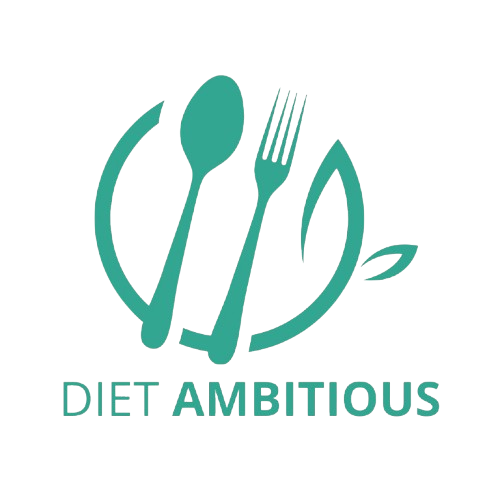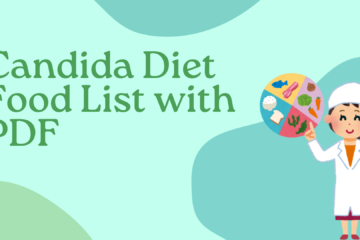Learn about the ideal tonsillectomy diet day by day for your child’s recovery. From hydration to soft foods, ensure your child heals quickly with this easy-to-follow guide.
If your child is about to undergo a tonsillectomy, you may be wondering what kind of foods will be best for their recovery.
After the surgery, a proper diet is crucial to ensure healing, prevent complications, and keep your child comfortable.
The first few days after a tonsillectomy can be challenging, but with the right foods, your child will feel better sooner.
Here’s a day-by-day breakdown of what to feed your child during their recovery.
Table of Contents
Tonsillectomy Diet: Why It’s Important
After a tonsillectomy, the throat can feel sore and tender, making eating a painful experience for your child. A gentle, soft-food diet is key to avoiding irritation while ensuring they’re getting enough nutrition to heal.
Hydration is just as important—keeping your child well-hydrated helps soothe the throat, reduces discomfort, and promotes healing. This guide will give you simple, easy-to-prepare food suggestions to follow throughout the recovery period.
Day 1: Immediately After Surgery – Focus on Fluids
After the tonsillectomy, your child’s throat will be very sore. The priority on Day 1 is hydration. Encourage them to drink cool liquids, but don’t force them if they’re not ready to eat.
At this stage, they may not feel like eating much, and that’s okay. The goal is to keep their throat moist and hydrated to reduce the risk of dehydration.
Foods and Fluids:
- Fluids: Water, diluted fruit juices, and ice pops (without chunks or pieces).
- Cold Liquids: Ice cream, sherbet, or popsicles can be soothing for your child’s sore throat.
- Broth: Clear broth (chicken, vegetable) can be comforting and hydrating.
Avoid acidic or hot drinks, such as citrus juices or hot coffee, as they can irritate the healing tissue.
Day 2: Soft Foods, More Liquids
By Day 2, the throat soreness may still be intense, but your child should start to tolerate some soft foods.
Continue with liquids to keep them hydrated, but you can introduce slightly thicker foods that don’t require much chewing.
Foods and Fluids:
- Cold or Warm Soft Foods: Mashed potatoes (without chunks), yogurt, pudding, and custard.
- Smoothies: Blend fruits with yogurt and milk, but make sure they’re not too thick or icy.
- Oatmeal or Cream of Wheat: These are soft and easy to swallow—serve at room temperature to avoid irritation.
- Fluids: Continue offering plenty of fluids, including water, diluted juices, and electrolyte drinks.
Avoid any foods that are spicy, crunchy, or hard, as they can irritate the surgical area.
Day 3: Gradually Add More Soft Solids
By Day 3, your child may begin to feel a little better. You can start adding more variety to their meals, but the food should still be soft and easy to swallow.
Continue offering cold foods that help soothe the throat.
Foods and Fluids:
- Soft Scrambled Eggs: These are rich in protein and easy to eat.
- Applesauce or Pureed Fruits: Mild, non-acidic fruits are best during this time.
- Mashed Sweet Potatoes or Pureed Vegetables: These are soft, nutritious options.
- Fluids: Continue offering plenty of water and cool drinks.
Avoid any foods that could be difficult to swallow, like nuts, seeds, or foods with tough textures.
Day 4–5: Progress to More Substantial Foods
By Day 4 or 5, your child’s pain may begin to subside, and they may be ready for slightly more substantial foods.
However, it’s still important to stick with soft, easy-to-swallow options that won’t aggravate the throat.
Foods and Fluids:
- Soft Pasta or Noodles: Plain pasta with a bit of butter or sauce can be a good option.
- Cooked Vegetables: Soft, well-cooked carrots, squash, or zucchini are nutritious and easy to swallow.
- Cottage Cheese or Soft Cheese: These are good sources of protein and are easy on the throat.
- Smoothies: You can add some protein powder or flax seeds to smoothies for added nutrition.
Fluids: Continue to focus on water and hydrating drinks. Keep avoiding carbonated, caffeinated, or acidic drinks.
Day 6–7: Gradual Return to Normal Foods
By Day 6 and 7, your child should be feeling much better, though they may still have some discomfort.
You can begin to offer a wider range of soft foods, but continue to avoid crunchy or spicy options.
Foods and Fluids:
- Tender Chicken or Fish: Soft, well-cooked meats can be introduced, but they should be easy to chew.
- Toast or Crackers: If your child is ready, very soft toast or crackers (without any hard edges) can be introduced.
- Rice or Soft Bread: Small pieces of soft rice or bread are also fine at this stage.
- More Hydrating Options: Continue offering fluids like smoothies, milkshakes, or fruit juices, but be sure to avoid anything too sugary or acidic.
Foods to Avoid During Tonsillectomy Recovery
Certain foods can cause irritation or discomfort during the recovery process, so it’s important to avoid them for the first week or so. Here’s a quick list of foods to avoid:
- Spicy Foods: These can irritate the throat and increase discomfort.
- Crunchy or Hard Foods: Chips, raw vegetables, and crackers can scratch the throat.
- Acidic Foods and Drinks: Citrus fruits, tomato-based products, and certain fruit juices can cause pain and irritation.
- Hot Foods: Avoid anything served at a high temperature, as it can inflame the healing tissues.
Final Thoughts
A tonsillectomy can be a challenging recovery process for both the child and the parents. However, with the right foods and a little patience, your child will feel better soon.
The key is to provide soft, hydrating, and nutritious meals that are easy to swallow while their body heals. If you have any concerns or questions, don’t hesitate to contact your child’s doctor for additional guidance.





